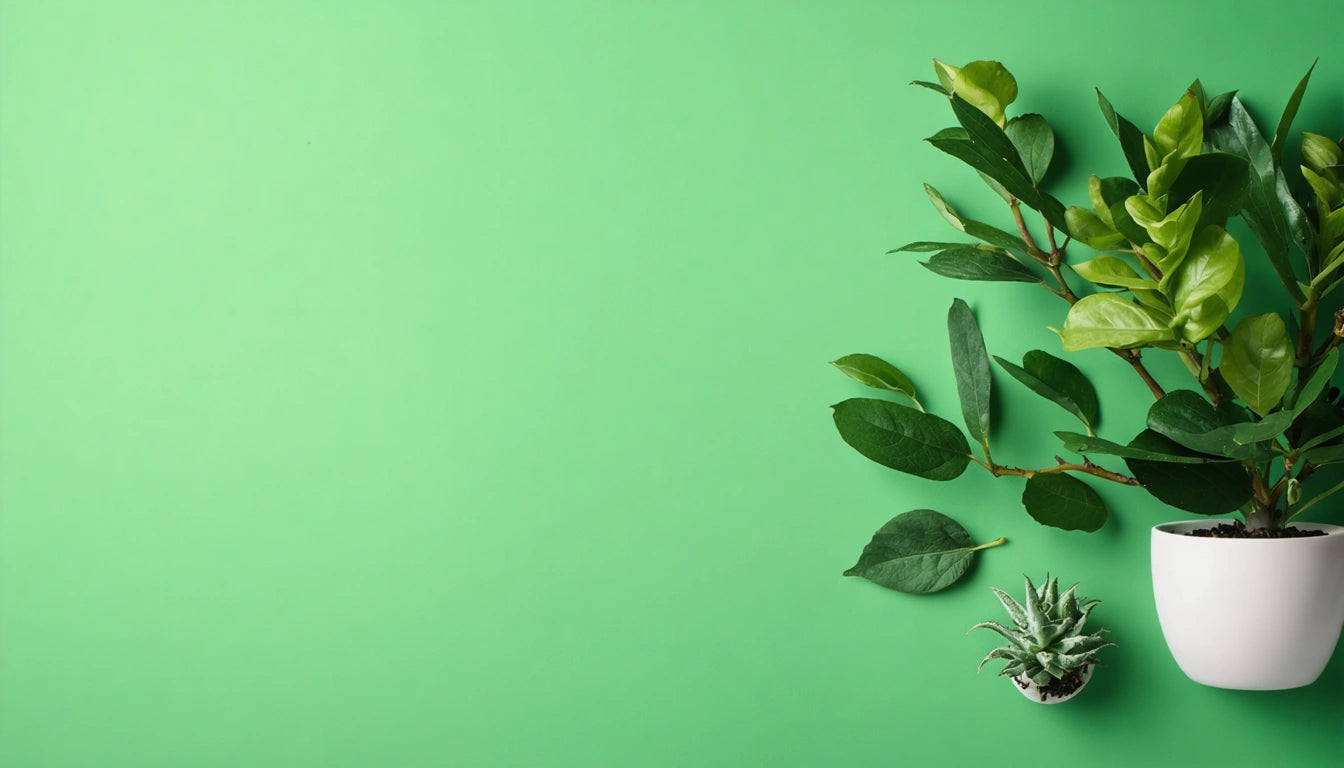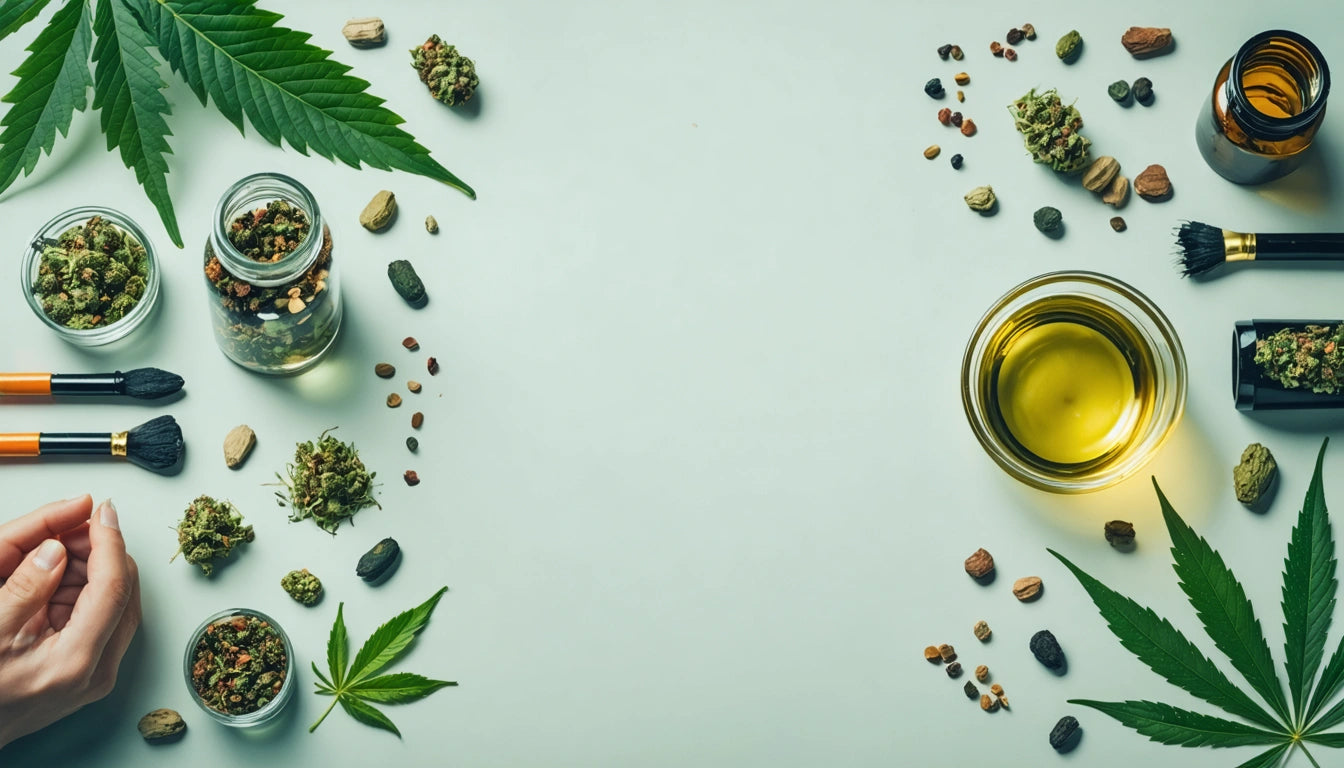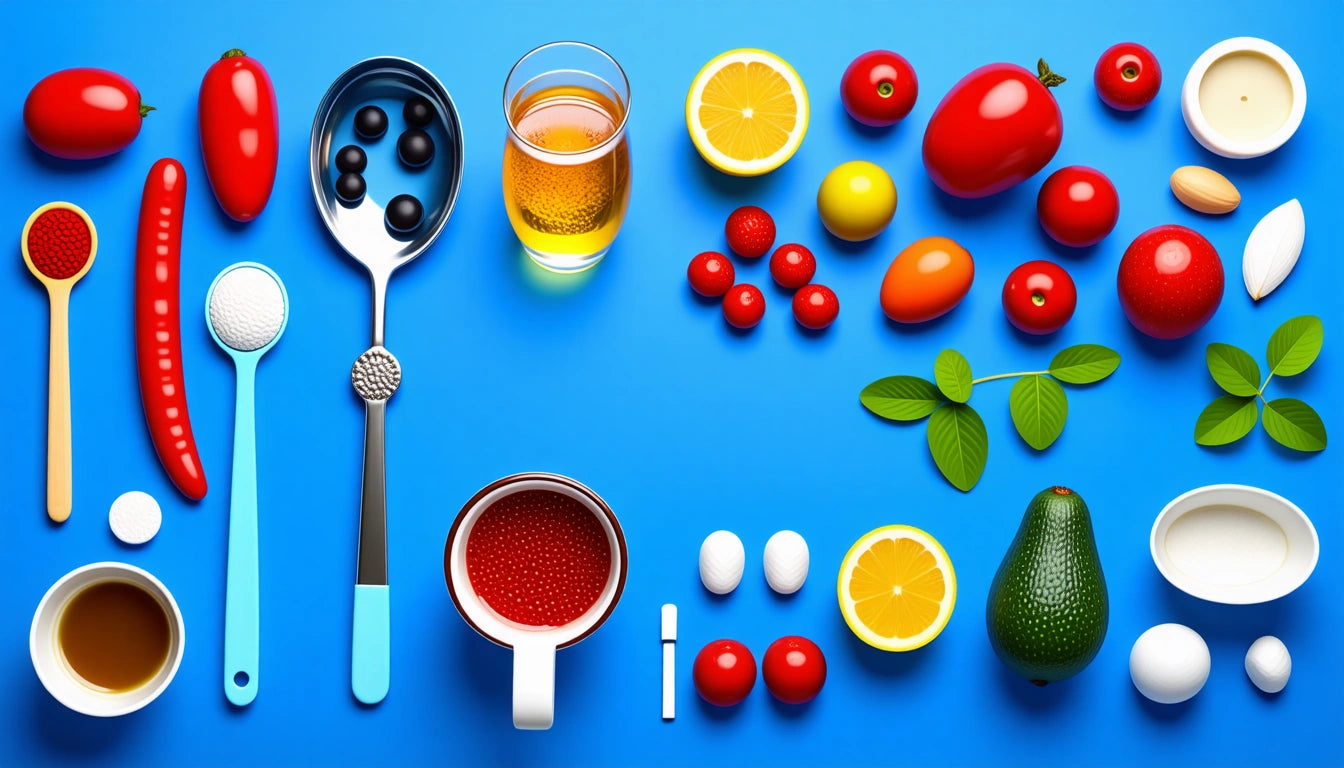Table of Contents
Understanding What Your Plant Leaves Are Telling You
Plants may not speak our language, but they communicate constantly through their leaves. Understanding what your plant leaves are telling you is essential for maintaining healthy plants and addressing problems before they become severe. From subtle color changes to dramatic wilting, each symptom provides valuable information about your plant's condition and needs.
Leaf Communication Basics: How Plants Signal Problems
Plants use their leaves as their primary communication system. The typical cannabis plant has between 5-13 leaflets per leaf, with variations depending on strain and growth stage, as detailed in this comprehensive guide. When something isn't right, leaves change their appearance, texture, or position.
These visual cues serve as an early warning system, allowing cultivators to identify and address issues before they compromise the entire plant. Learning to read these signals is a fundamental skill for any successful grower.
Common Leaf Signals
- Color changes (yellowing, browning, blackening)
- Texture changes (crispy, soft, slimy)
- Shape changes (curling, cupping, twisting)
- Growth patterns (stunted, elongated, asymmetrical)
- Spots and markings (mottling, stripes, necrotic areas)
Yellowing Leaves: Causes and Solutions
Yellowing leaves, or chlorosis, is one of the most common signals plants send when experiencing stress. If you're wondering "why are my cannabis plant leaves turning yellow," several factors could be at play.
Nutrient Deficiencies
Nitrogen deficiency typically causes uniform yellowing starting with lower leaves. As this resource explains, iron and magnesium deficiencies present differently, with yellowing between the veins while the veins remain green.
Overwatering and pH Imbalance
Excessive water can suffocate roots, preventing nutrient uptake and causing yellowing. Similarly, improper pH levels lock out nutrients even when they're present in the growing medium. Monitoring moisture levels and maintaining proper pH (5.8-6.2 for hydroponic systems, 6.0-7.0 for soil) can prevent these issues.
For precise measurements, many growers use reliable digital scales to measure nutrients accurately, ensuring plants receive the exact amounts needed for optimal health.
Dark Spots and Blackening: Understanding Serious Issues
When asking "why are the leaves on my plant turning black," you're likely dealing with one of several serious conditions that require immediate attention.
Fungal Infections
Black spots often indicate fungal diseases like black spot or sooty mold. These infections thrive in humid, poorly ventilated environments and can spread rapidly. Treatment includes removing affected leaves, improving air circulation, and applying appropriate fungicides.
Frost Damage
Exposure to freezing temperatures can cause cellular damage that appears as blackening of leaf tissue. This damage is irreversible, but you can prevent further harm by protecting plants from cold exposure.
Advanced Nutrient Burn
Excessive nutrients, especially nitrogen, can cause leaf tips to darken and eventually turn black. The solution involves flushing the growing medium with pH-balanced water and reducing nutrient concentration in future feedings.
Curling and Wilting: Water and Environmental Stress Signals
Leaf curl in cannabis plants typically indicates environmental stress or water issues. Upward curling (taco-ing) often points to excessive heat or light intensity, while downward curling may signal overwatering, nitrogen toxicity, or pest infestations.
Heat Stress
When temperatures exceed the plant's comfort zone (typically above 85 °F/29 °C for most cannabis strains), leaves curl upward to reduce surface area exposed to light and heat. Improving ventilation, reducing light intensity, or cooling the growing environment can resolve this issue.
Water Stress
Both overwatering and underwatering cause leaf curling, though the symptoms differ slightly. Underwatered plants have dry, crispy leaves that curl inward, while overwatered plants develop soft, drooping leaves. Establishing a proper watering schedule based on plant size, container size, and environmental conditions is essential.
Monitoring Tools and Techniques for Optimal Plant Health
Successful growers don't wait for leaf problems to appear; they proactively monitor plant health using various tools and techniques. What are my plant leaves telling me often becomes clearer with systematic observation and measurement.
Regular Visual Inspection
Developing a routine for examining your plants helps catch issues early. Identifying normal cannabis leaf appearance is crucial for recognizing when something's amiss. Pay special attention to new growth, as it often shows problems first.
Environmental Monitoring
Tracking temperature, humidity, light intensity, and air circulation provides context for leaf symptoms. Digital hygrometers, thermometers, and light meters help maintain optimal growing conditions and prevent stress-related leaf problems.
Record Keeping
Maintaining detailed records of feeding schedules, environmental conditions, and plant responses helps identify patterns and refine growing practices. Photos taken at regular intervals can document subtle changes that might otherwise go unnoticed.
By learning to interpret what your plant leaves are telling you, you'll develop a deeper connection with your plants and the skills to address their needs promptly. This knowledge transforms growing from a guessing game into a dialogue between gardener and plant, resulting in healthier plants and more successful harvests.











Leave a comment
All comments are moderated before being published.
This site is protected by hCaptcha and the hCaptcha Privacy Policy and Terms of Service apply.